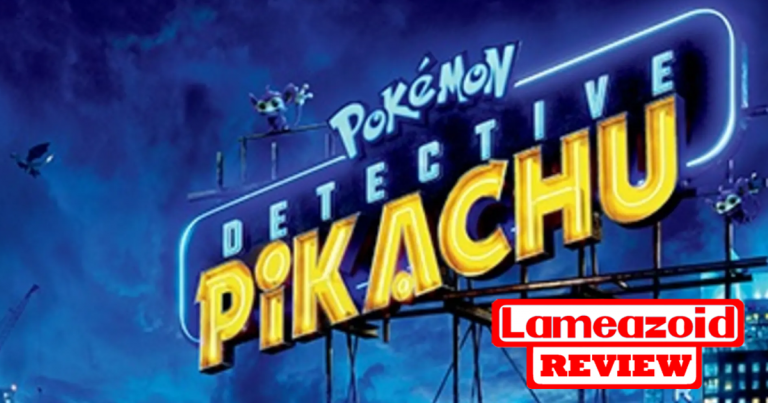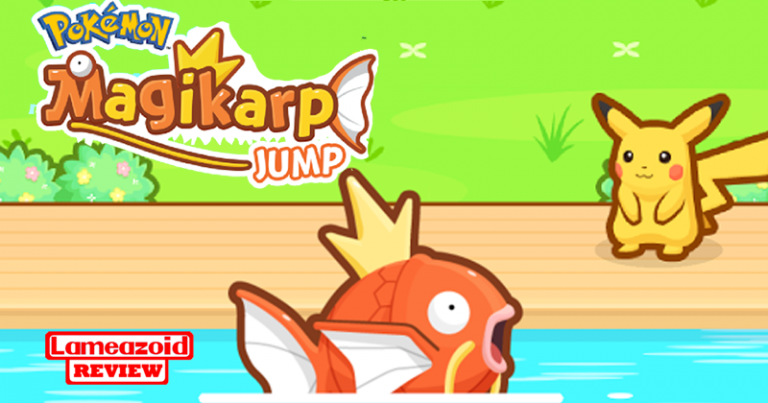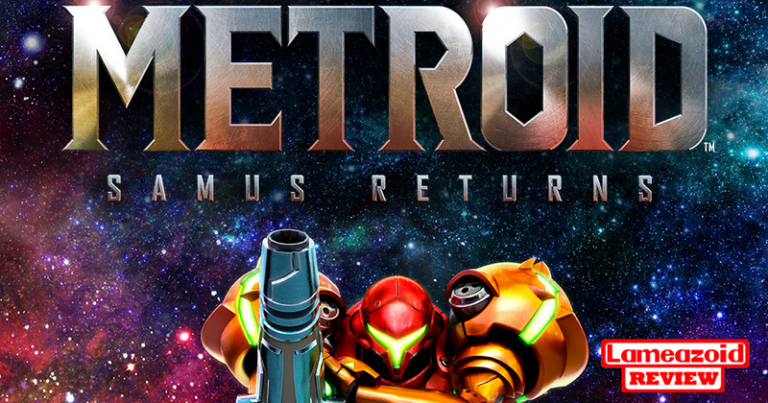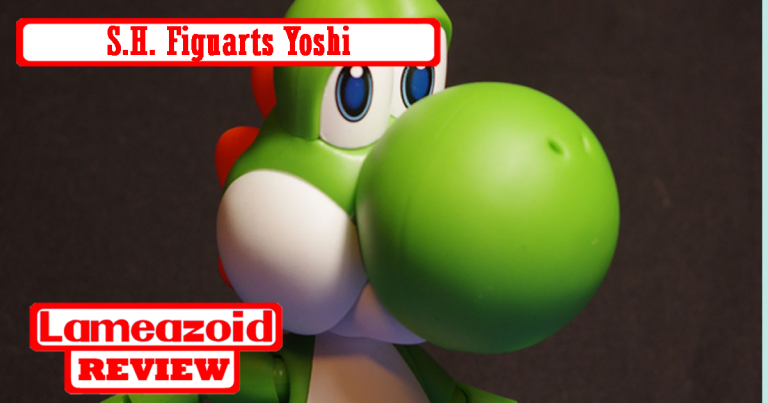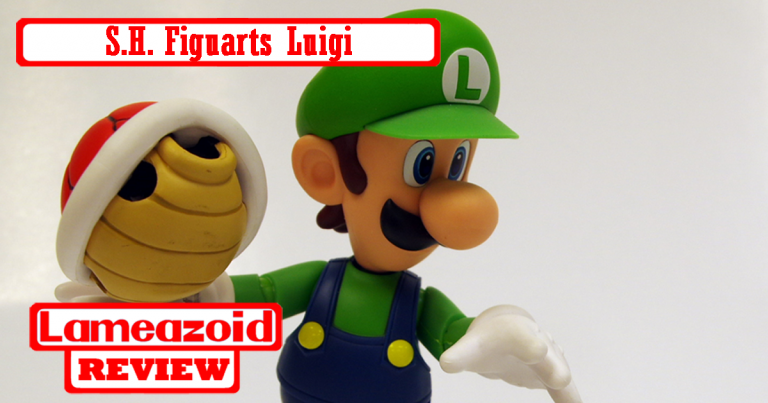Posted inMovies & TV
Review – Movie – Pokemon: Detective Pikachu (2019)
Pokemon ventures into the live action realm that's popular lately with Detective Pikachu. It's loosely based on the 3DS title of the same name, though there are quite a few changes to the plot and characters. The film follows Tim Goodman who teams up with a talking Pikachu, voiced by Ryan Reynolds as a wisecracking PG Deadpool. They set out to solve the mystery of Tim's father's death but end up unraveling a larger conspiracy. The general plot is pretty straight forward and predictable. There are very few real twists and none of them feel particularly shocking, even probably the…
